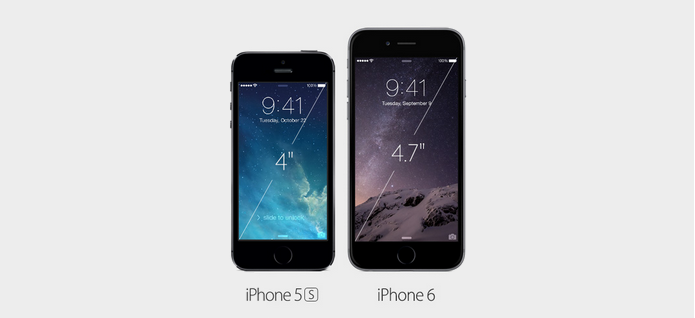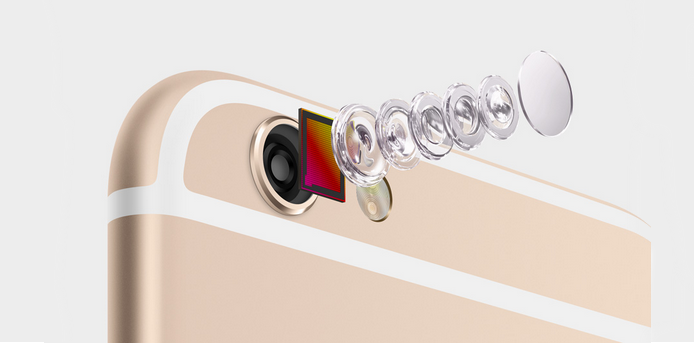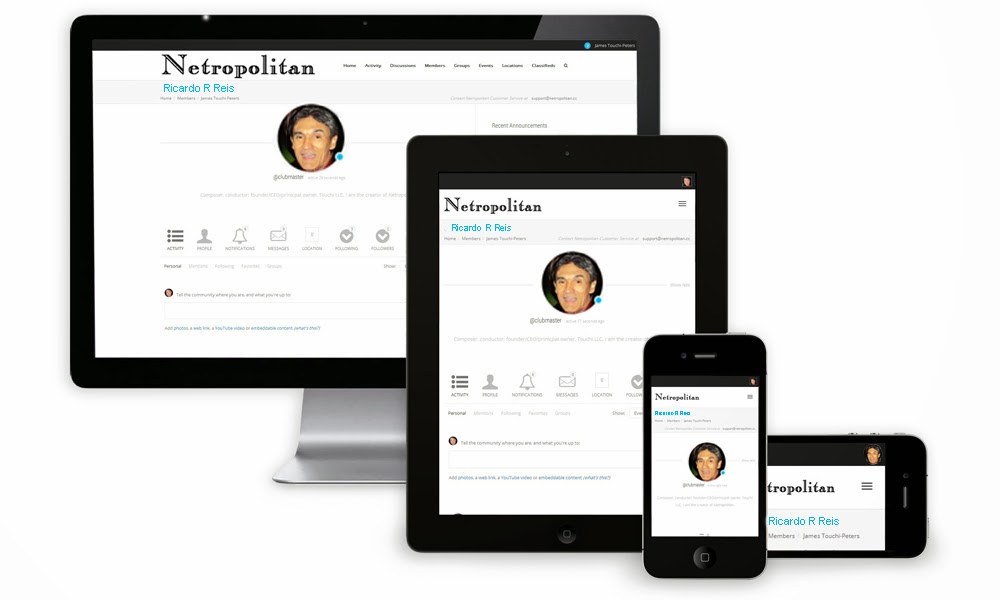13 Nessa ocasião, alguém que veio da multidão disse a Jesus: “Mestre, diga ao meu irmão que ele divida comigo a herança!”
14 Mas Jesus lhe disse: “Homem, quem por acaso me nomeou juiz ou mediador entre vocês?” 15 E então lhes falou: “Tomem cuidado com todo tipo de mesquinhez, porque a vida de uma pessoa não está na abundância de seus bens”. 16 E lhes falou então uma parábola: “A terra de um homem rico produziu uma excelente colheita. 17 E ele, diante disso, ficava conversando consigo mesmo, dizendo: ‘O que farei? Não tenho onde armazenar todo esse meu ganho’.
18 E, por fim, disse: ‘Farei o seguinte! Irei derrubar os meus celeiros e construirei outros maiores, e ali armazenarei todo o meu trigo e todos os meus bens. 19 E direi então para mim mesmo. Amigo, você tem muitos bens, que estão armazenados para muitos anos. Descanse, coma, beba e festeje!’
20 Contudo, Deus lhe disse: ‘Seu tolo! Nesta mesma noite estão pedindo a sua vida de volta. Então, com quem ficará o que você construiu?’
21 Assim acontece com quem fica juntando riquezas para si mesmo, porém não enriquece o para Deus”.
Versão Galileia - Lucas 12:13-21
Notas explicativas
12:14 Homem. Esse vocativo sugere que Jesus não se dirigiu a esse homem com cordialidade, não lhe deu muita importância, ou o tratou como um estranho. Talvez ele (e/ou seu irmão) fosse um de seus seguidores, e por isso pensou consigo que poderia tomar a liberdade de pedir a Jesus que intercedesse por ele na causa da herança não repartida.
12:14 entre vocês. Uma leitura possível: entre vocês dois (os irmãos que discordaram quanto à herança). Numa outra leitura, este pronome (vocês) seria um plural genérico, e se referiria a todos os que escutavam Jesus naquele instante, e, por extensão, a todas as pessoas.
12:15 Lit.: com toda mesquinhez. A história alegórica narrada logo em seguida deixa claro que o termo grego pleonezia, aqui empregado, denota, não o desejo de querer possuir cada vez mais bens (ganância), mas o desejo doentio e egoísta de usufruir sozinho os bens materiais que foram acumulados (sovinice) — ver 12:19 – notas. Jesus refutaria, assim, nesta parábola, não a ambição ou o desejo de uma vida tranquila, mas o egoísmo que leva à negação ao próximo e a Deus — ver 12:21 – nota.
12:15 A vida de uma pessoa não está na abundância dos seus bens. Leia-se: 1. O objetivo de vida de uma pessoa não deve se resumir em ajuntar posses materiais para si mesma. 2. Uma pessoa não deve ser avaliada apenas pelas riquezas materiais que acumulou.
12:19 E direi, então, para mim mesmo: ‘Amigo, você tem muitos bens....’ Lit.: […] e direi para a minha alma. Alma, tu tens muitos bens...
12:19 ...que estão armazenados para muitos anos. Fica bastante claro neste relato que esse rico se deu por satisfeito com as posses materiais que tinha, ao perceber que o excesso de grãos que colhera (ou iria colher) em suas plantações (o termo grego chóra alude aqui a uma imensidão de terra agricultável) lhe daria conforto e segurança por muitos anos (presume-se pelo resto de sua vida), e não tinha por isso mais nenhum interesse em trabalhar para juntar mais bens. Ao contrário, o que ele queria era "cair na gandaia", curtir — ver próxima nota.
12:19 Descanse, coma, beba e festeje! O uso desses imperativos na 2ª pessoa do singular em um monólogo (o rico só conversa consigo mesmo), e as formas possessivas em 1ª pessoa singular (minha vida, meus bens), demonstram que esse rico não se importava com ninguém mais, que não ele mesmo. Note-se que a ênfase no texto grego está no último verbo – eufraino – regozije-se, que alude aqui a uma vida dissoluta e fútil, sem qualquer esforço — talvez Lucas quis aqui construir um paralelismo semântico ou um contraste entre esse verbo e euforeo – dar frutos, produzir em abundância –, que ocorre no v. 16.
12:20 Seu tolo! O termo grego aphron – insensível, sem sentimentos –, empregado aqui, parece enfatizar, não que esse rico fosse um idiota, mas que ele se tornara uma pessoa insensível, sem sentimentos, solitária e sem humanidade, muito apegada ao dinheiro, e aprisionada numa vida na qual o único amigo que tinha eram os bens que possuía, e o seu único objetivo era gozá-los, sozinho. Em outras palavras: não havia nenhum objetivo em sua vida que não fosse a materialidade. Não havia amigos, família, ideais, sonhos. Parafraseando: ele era tão pobre, mas tão pobre, que só tinha dinheiro. Cp. com Ecle 2:1-11; 5:10; Jó 31:24-28 e Sl 49(50). Veja também próxima nota.
12:20 Nesta mesma noite estão pedindo a sua vida de volta. Lit.: Nesta noite, eles pedem, de você, a sua vida. A 3ª pessoa do plural era usada pelos rabinos de então para descrever a ação de Deus (os judeus evitavam pronunciar o nome de Deus). É interessante comentar que, no conceito bíblico, tudo foi emprestado ao ser humano, e não dado, inclusive a vida. Note-se o detalhe: o rico, que era alguém muito inteligente (ele, diante do problema do excesso de grãos, avaliou as várias possibilidades, e decidiu construir celeiros maiores) faz planos, mas Deus os frusta quando pede a sua vida de volta antes de ele realizá-los.
12:21 Fica ajuntando para si mesmo, mas não enriquece para Deus. Grego: euatou e eis theon, respectivamente. Leia-se: em proveito próprio, e em proveito de Deus. Este v. deixa bastante claro que o equívoco do rico foi entender que os bens que adquiriu, assim como a sua vida, eram seus, e não uma dádiva de Deus. Ele bem poderia ter decidido acumular riquezas para Deus (ou seja, ter desejado dar parte do excesso de grãos às viúvas e às pessoas necessitadas), mas, ao contrário, agiu com extremo egoísmo: preferiu planejar construir armazéns maiores para acumular o excesso de trigo que colhera (ou iria colher), a fim de viver uma vida confortável e de luxo apenas para si mesmo. Sua vida, de fato, se resumia apenas a ele próprio, e seu bem estar e os seus bens eram a sua única preocupação.
 Veja se vale esperar pelo lançamento nacional do novo iPhone no Brasil
Veja se vale esperar pelo lançamento nacional do novo iPhone no Brasil  Novo chip A8 promete melhorar performance geral e, principalmente, gráficos
Novo chip A8 promete melhorar performance geral e, principalmente, gráficos  Bateria só muda de forma mais perceptível no modelo Plus
Bateria só muda de forma mais perceptível no modelo Plus  Principal diferença entre os iPhones 5S e 6 é a tela
Principal diferença entre os iPhones 5S e 6 é a tela  Câmera do iPhone 6 ganhou estabilização de imagem digital para fotos em movimento
Câmera do iPhone 6 ganhou estabilização de imagem digital para fotos em movimento  iOS 8 do iPhone 6 será o mesmo disponibilizado ao iPhone 5S
iOS 8 do iPhone 6 será o mesmo disponibilizado ao iPhone 5S 














